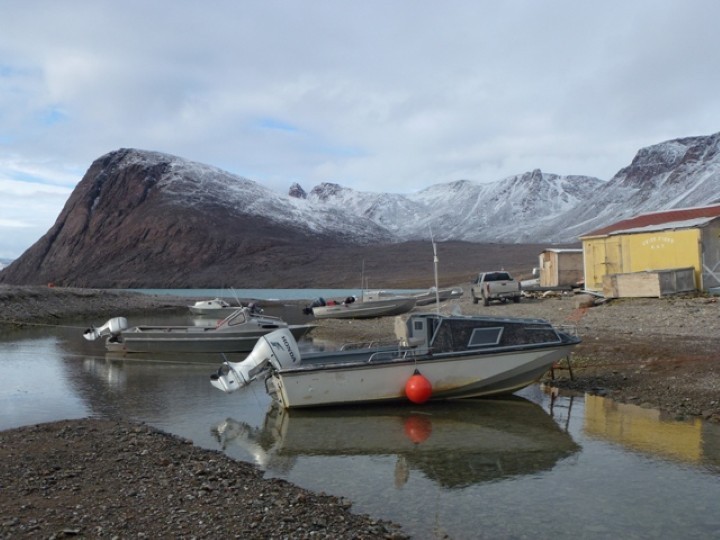The final leg begins
Resolute Bay and Grise Fiord are Canada’s northernmost communities, with Grise sitting at 76 degrees North. Neither community came into being through an organic process of settlement, but were created in the middle of the last century, as part of a federal government program aimed at asserting Canadian sovereignty over the High Arctic Archipelago. (Resolute Bay is on Cornwallis Island and Grise Fiord on the southern coast of Ellesmere Island.) The belief at the time was that without permanent settlements on these islands the case could be made by other countries that the islands do not “belong” to Canada. This despite archaeological evidence of human occupation of Ellesmere Island since time immemorial but (as in places like the Middle East) archaeological evidence is considerably less persuasive than “facts on the ground.”
This raises an interesting question about how to assert sovereignty over a vast region like the Arctic. Is it best achieved by building communities, as in the examples of Resolute Bay and Grise Fiord? Is it enough to simply plant a flag like in the olden days of exploration, as the Russians have done at the North Pole? Or is it necessary, as Prime Minister Harper has stated, to “use it or lose it”? There may be a better way, and there’s a nearby Canadian example; namely, Quttinirpaaq National Park on Northern Ellesmere Island. Part of the rationale for creating this park was also tied to sovereignty issues, but in this case the thinking was that Canada could best assert its sovereignty by acting decisively to conserve the region.
This is surely an effective way to demonstrate sovereignty, and it needn’t be limited to creating a new protected area. Responsible stewardship allows for development to take place, but development is carefully planned in order to conserve ecological and social values, both now and into the future. In the rapidly changing Arctic environment this is an increasingly important priority. Moreover, the High Arctic – including northern Greenland, the Canadian High Arctic archipelago and associated waters (what WWF has dubbed the ‘Last Ice Area’) – offers a globally unique opportunity to practice such stewardship. We’re looking forward to see the region for ourselves, and to listen to the people living closest to the region to tell us about their hopes and aspirations.
